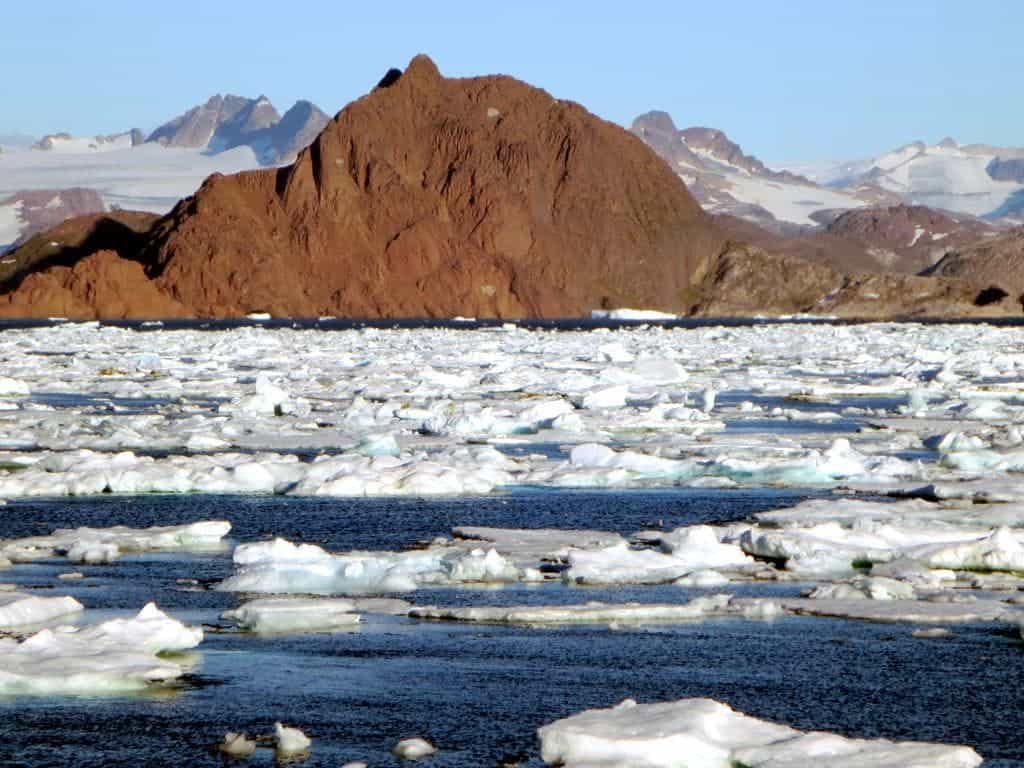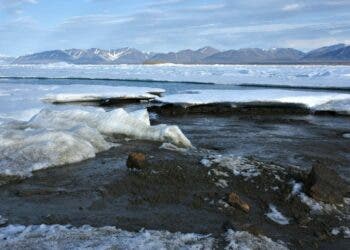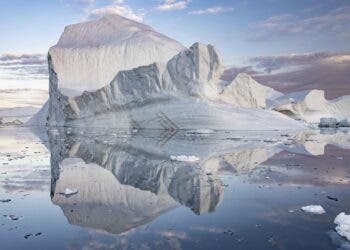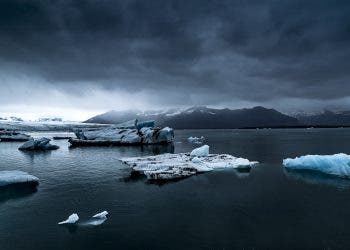Precipitation at the summit of Greenland, about three kilometers above the sea level, fell as rain and not as snow for the first time since record-keeping began in 1950. Seven billion tons of water pelted the ice sheet for several hours, fueled by warm air. Temperatures at the summit rose above freezing for the third time in a decade, signaling severe trouble for Greenland.

It was the heaviest rainfall on the ice sheet since 1950, according to the National Snow and Ice Data Center, and the amount of ice mass lost on Sunday was seven times higher than the daily average for this time of the year. Ted Scambos, University of Colorado researcher, told CNN this is evidence that Greenland is warming rapidly.
“What is going on is not simply a warm decade or two in a wandering climate pattern. This is unprecedented. We are crossing thresholds not seen in millennia, and frankly this is not going to change until we adjust what we’re doing to the air,” Scambos said.
The rain fell from the southeast coast of Greenland up to the National Science Foundation’s Summit Station, where scientists observe Arctic weather and changes in the ice. The station is located at the highest point on the Greenland ice sheet. Now, because of the heavy rain event, researchers there think operations will have to change.
“It means that we need to consider weather events that we have not had to deal with before in the history of our operations there,” Jennifer Mercer, program officer at the Science Foundation, told CNN. “Increasing weather events including melting, high winds, and now rain, over the last 10 years have occurred outside the range of what is considered normal.”
The rain will have a lasting effect on the properties of the snow, Mercer said, leaving a crust of ice behind that will absorb more energy from the sun until it gets buried by snow. This layer will also be a barrier that prevents the draining of meltwater, which will then flood the surface of the ice sheet and initiate runoff at higher elevations, Scambos said.
This is far from being the first unusual phenomenon seen by the researchers. Two years ago, a polar bear made it to the summit station, which was very unusual as bears live in coastal regions where they can find food. The bear trekked for several hundred kilometers inland across the ice sheet. Mercer said that in the last five years three bears have been seen on the ice sheet.
A warming trend
Most of Greenland is currently covered by the Greenland Ice Sheet, which spans 656,000 square miles (1.7 million square kilometers) – three times the size of Texas, according to the National Snow and Ice Data Center (NSIDC). It’s the second-largest in the world after the Antarctic one. Together, the two of them contain 99% of the freshwater ice on Earth.
Lots of meltwater on the #Greenland ice sheet at 1800 m these days. Big melt event. Usually it’s mostly white here this time of year. @PromiceGL https://t.co/VIBon1UV1D pic.twitter.com/HF7EbMYkt5
— Dirk van As (@DirkvanAs) August 20, 2021
Ice that melts away in Greenland can flow as water into the ocean, where it adds to the ongoing increase in global sea level caused by human-induced climate change. Global sea level has risen about eight to nine inches (21 to 24 centimeters) since 1880. A third of that has happened in just the last two and a half decades, studies have shown.
If all of Greenland’s ice were to melt, the seas would rise by about 24 feet (7.3 meters), according to a 2019 report by NOAA. This would be enough to flood most coastal cities around the world. While this won’t happen overnight, Greenland’s ice sheet is already melting now six times faster than it was in the 1980s, studies showed — and if last week is any indication, we’re up for a wild ride.
Climate experts from the United Nations Intergovernmental Panel on Climate Change (IPCC) published a landmark report earlier this month, warning that Earth could reach the threshold of 1.5ºC (2.7 degrees Fahrenheit) of warning due to climate change within the next 20 years. This would make extreme weather events much more common.






